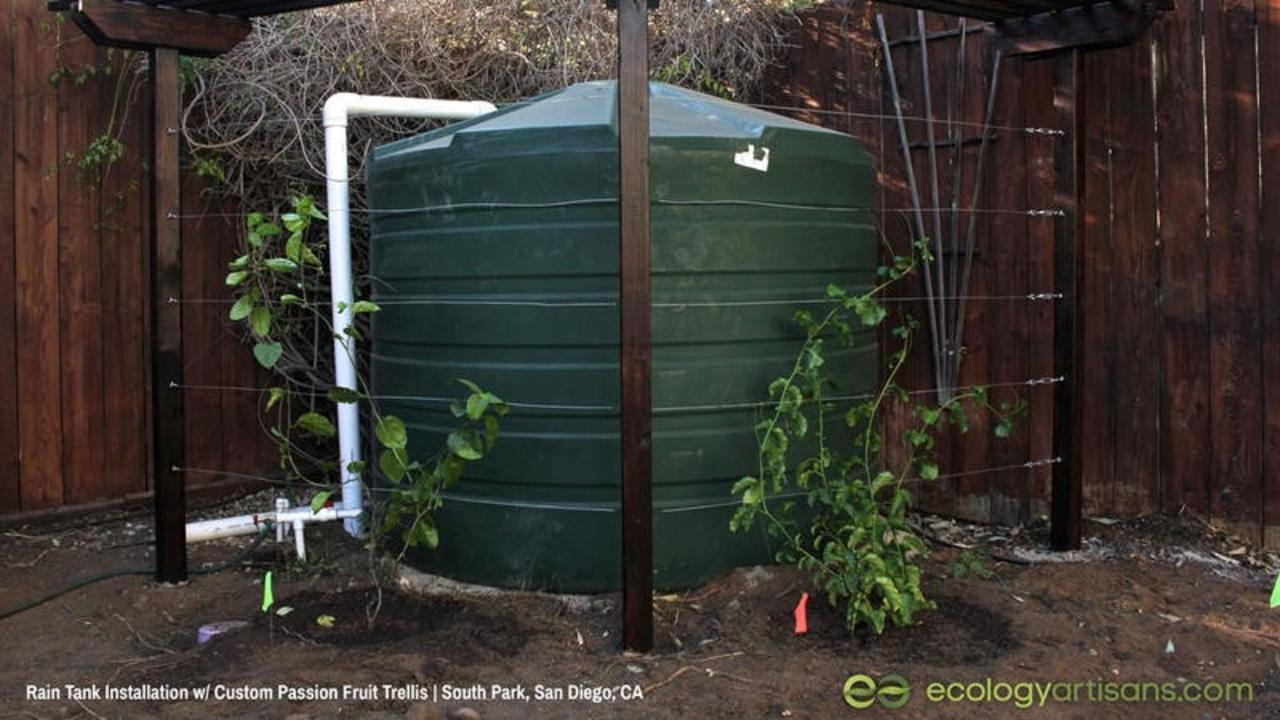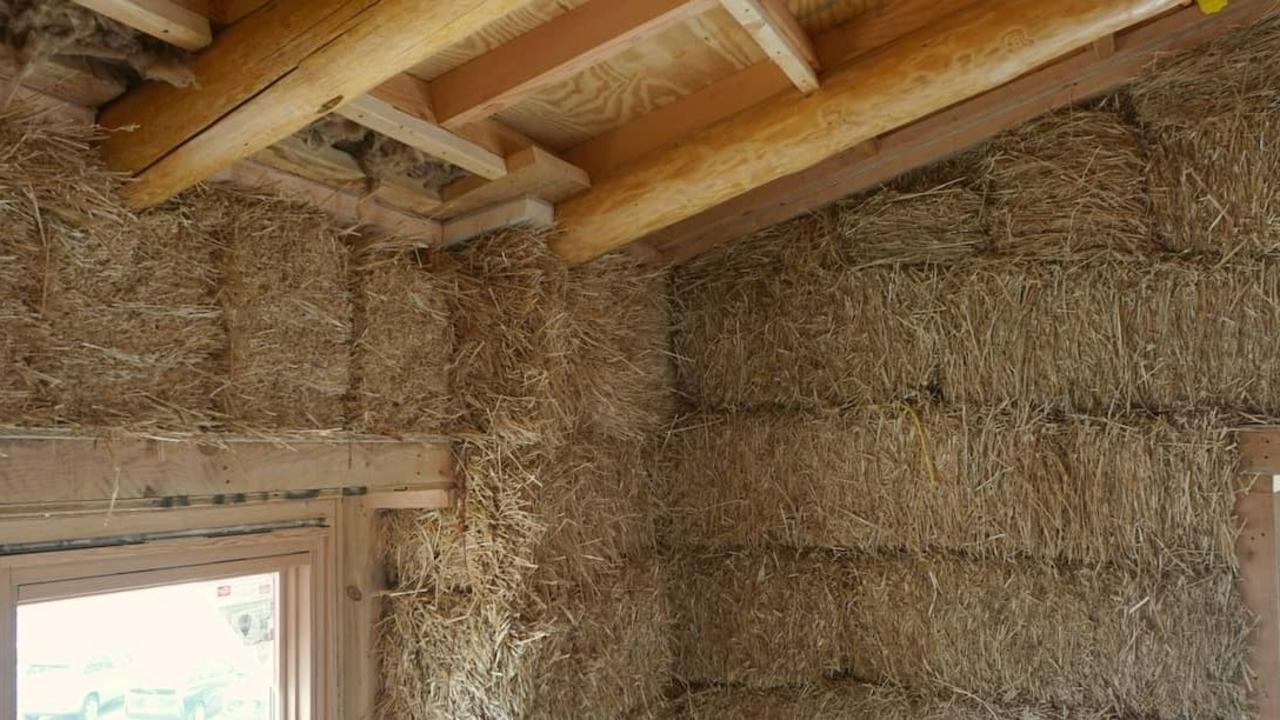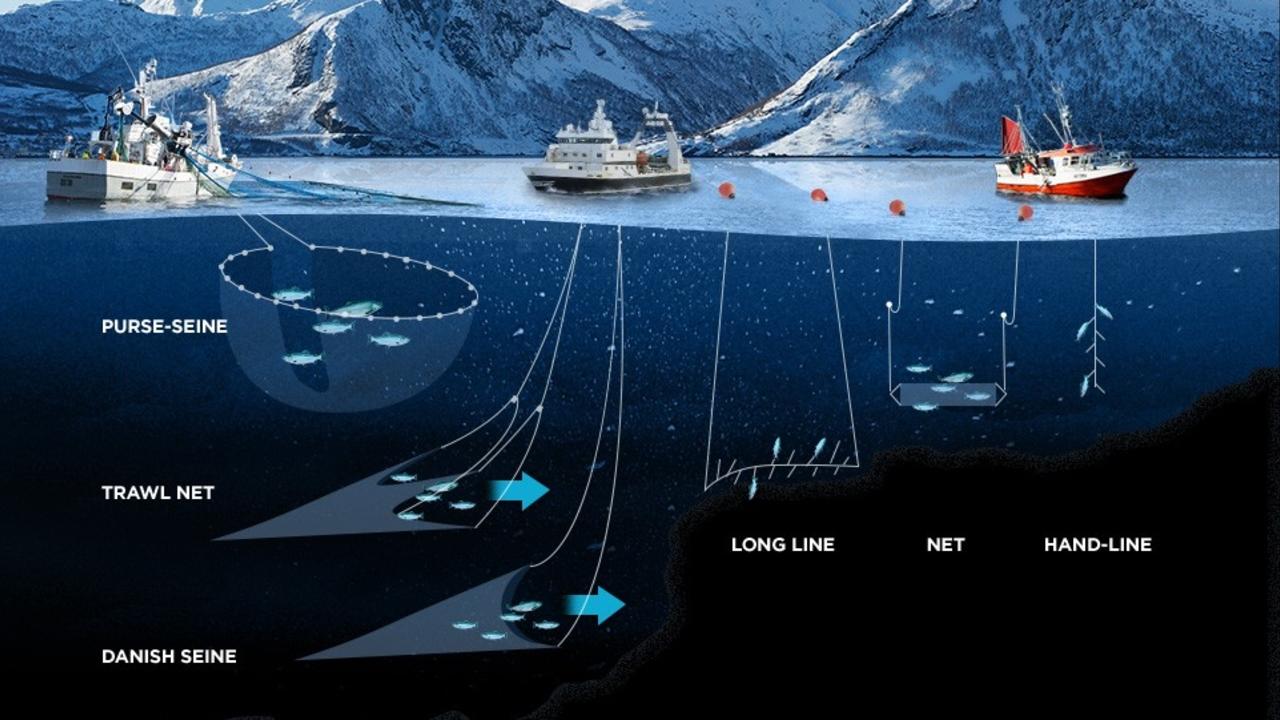Save The Rainwater - Rainwater Harvesting 101

Save the Rainwater - Rainwater Harvesting 101
What is Rainwater Harvesting?
Rainwater harvesting is gathering the excess rainwater from houses with a specific end gol to store it for later use.
Generally, the activity includes harvesting the rain from a rooftop. The rain will gather in raingutter, then it will all flow towards a rainwater tank. Rainwater tanks can vary in size.
Did you know that in a 1' inch rain, you can harvest 600 gallons of water off of a 1000 sq. foot roof? That means in most areas of san diego, if you assume a 2000 sq ft house, we all have the potential to store, 12,000 gallons of water per year! That's a lot of water!
We often don't recommend using 50 gallon rainwater barrels because they fill up so quickly. If you are going to harvesting rainwater, let's take it seriously. Even a small house has a huge potential, so let's size our tanks appropriately.
Rainwater harvesting is turning into a suitable option for providing households and organizations with w...
Straw Bale Homes and Passive Rainwater Harvesting

Straw Bale Home Construction and Passive Rainwater Harvesting Coverage in Edible San Diego!
Read About Straw Bales and Passive Rainwater Harvesting
We are big fans of the local San Diego magazine, Edible San Diego, so you can imagine our appreciation and excitement when they called to do a story on passive rainwater harvesting and how we apply it in our landscape designs and installs.
What we didn't know was they were also covering straw bale construction, a natural building technique where insulation and mass are of a home are mostly taken up by bound and secured straw bales. And, they not only covered a building technique that we are huge proponents of, but they featured two of our close friends and peers, Mike and Rebecca of Simple Construct who design and build natural, healthy homes.
Straw Bale, Plaster and Natural Building - A perfect fit for most any environment

This is the finished look of a natural plaster, straw bale interior. Warm, comfortable and inviting.
The rea...
Soil Erosion Case Study: Meadowview Open Space
Preventing and treating soil erosion must be the primary focus for any land tender, land owner, community or society. When we neglect soil loss for any myriad reasons (short term economic gain, apathy, ignorance, etc.), we jeopardize the possibility for future generations to cultivate and nourish themselves. As ecological land designers, we are trained to see the characteristics of degraded land and to provide treatments to rehabilitate and reinvigorate it.
Soil Erosion is No Joke
Land and environmental degradation is the number one cause of life migration. When food no longer grows on land, life moves on. Humans are no different, yet our short historical attention span has shown us to forget this pattern. I highly recommend reading Dirt: The Erosion of Civilizations by David Montgomery to learn more about the importance of protecting soil (or watch his lecture below).

Any increase or decrease in these three factors will either increase or decrease erosion in landscapes.
Los...
Ocean Friendly Gardens, Farms & Landscapes

By installing ocean friendly gardens, farms, or landscapes, you protect and help regenerate local fisheries and ocean life. Simple steps, like reducing sediment runoff by keeping exposed soil covered with mulch is just one small way you can be a part of solution in healing our oceans. A local San Diego organization comitted to improving local ecology through our food system is the San Diego County Food System Alliance (SDFSA). Ecology Artisans is a voting member of SDFSA, and a privilege of being a member is attending bi-monthly voting member meetings. The alliance is made up of different working groups such as the Reducing Barriers to Farmers Group or the Urban Agriculture Group.
Ocean Friendly Gardens Regenerate Fisheries
The newest working group in the alliance is the Sustainable Seafood System Group. At our most recent gathering, we had the privilege of receiving a presentation from Dave Rudie, the President of Catalina Offshore Products Inc., which is San Diego County's largest ...
Stormwater Management in the Desert

Santa Fe's Botanical Garden where they have a thoughtfully designed, and beautiful, stormwater management system amongst its drought tolerant plantings. Using a design called the zuni bowl, rain water flows are prevented from eroding soft soil through the use of appropriately placed rocks. The bowl acts as a large infiltration basin allowing water to slowly percolate into the ground. As the bowl fills, it evenly overflows down rock lined paths leading to another zuni bowl, and so on until it reaches its final storm drainage. The design and installation of this system was done by Craig Sponholtz of Watershed Artisans.

This zuni bowl captures stormwater to slow it down for calm and slow passage down to culverts.

View from the zuni bowl above looking out to a large, grass seeded percolation basin.

Silt trap basins work best when they are flat, long, wide, and rock lined only on the sides for easy silt excavation.

Another stormwater management catchment to slow and sink rain wa...

